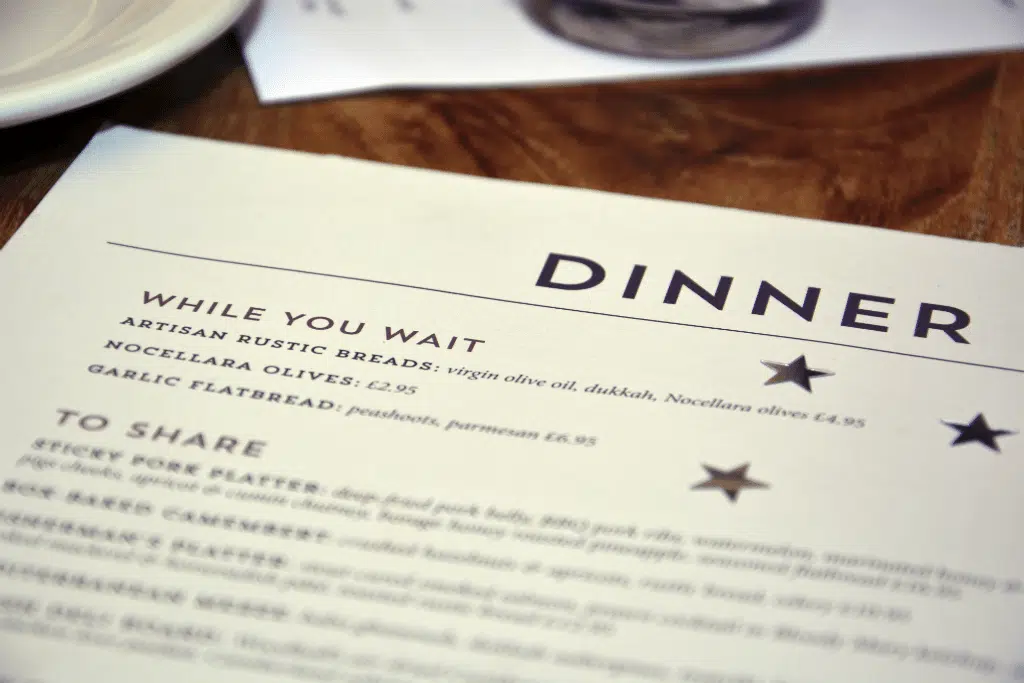Developing a thoughtful menu pricing strategy is critical in keeping customers happy and growing restaurant profits. The right menu items and prices can even help to reinforce a restaurant’s brand identity, whether it’s a fast casual or fine dining establishment. Owners can look at key factors of their business to determine fair and appropriate prices for the food, service, and ambiance of their restaurant.
Unfortunately, even carefully thought-out menu items and prices will need adjustments to account for economic, community, and target audience changes. When that happens, restaurants must adapt their menu without upsetting customers and losing loyal business.
Let’s take a look at three ways restaurants can subtly change their menus and pricing:
Align With Seasonal Changes
Many restaurants have had success coinciding price changes with seasonal menu changes. Joe Erikson, VP of RestaurantOwner.com says that one of the best strategies for lessening the impact of price changes is to periodically rotate or introduce new dishes.
Seasonal menu reprints allow restaurants to add and remove items as well as update pricing due to changing cost and availability of ingredients. Managers should also ask suppliers if the food price increase will be a short-term change or a long-term shortage – if the latter, consider researching new ways to obtain ingredients at a lower price.
Steve Sturm, the chef of Firebirds Wood Fired Grill, says seasonal items like chile-lime grilled swordfish and turkey burgers with pickled red onions and grilled peppers help to generate excitement among customers with little push back on price changes. He notes that these items quickly become top sellers and are frequently shared on social media.
Keep Popular Menu Item Prices
Another tactic is to keep the best selling menu items at a fixed price while adjusting the prices of other menu items. George Bowers Grocery in Stanton has been using this tactic for 8 years. Says co-owner Katie McCaskey, “Our approach is to have one anchor ‘pricey’ item, in our case, a $20 hamburger, and then raise everything else in small, incremental amounts once a year.”
In order to determine which menu items are top sellers, managers can use data insights collected through a restaurant POS system. This software can track all sales and allow managers to track changes in menu ordering over time.
A POS system can also be useful for managers to look at trends after a price change – if an item isn’t selling well, the price might not be right.
Make Small, Frequent Increases
The final tactic is to make small, frequent increases across the whole menu – but rationalize the reason for doing so. For example, if your burger is now made with grass-fed beef, it makes sense that the price will increase slightly. If you want to give your menu a new look, roundup entrees that end with “.99” to the closest dollar amount. This will allow you to free up space and draw less attention to the price.
If you double the price of a burger overnight for seemingly no reason, you will confuse, frustrate and likely lose customers, according to ARF Financial.
Final Thoughts
Before making any changes, you’ll also want to factor in menu psychology as you price your meals. Whatever the reason for changing prices, restaurant owners must be cautious of making drastic changes that could negatively affect the customer experience.
Make sure to follow the steps above to keep your customers happy and your restaurant profitable.
How does your restaurant tactfully change menu prices?





